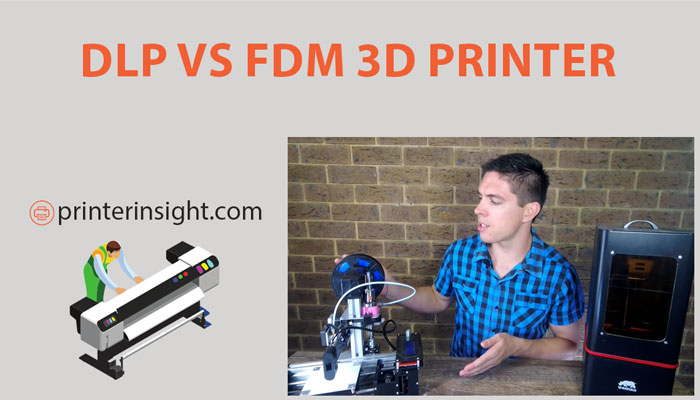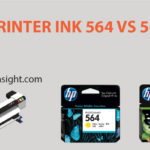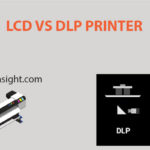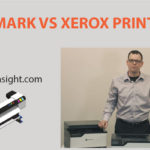Consumer-grade 3D printing has become more and more common in recent times. With 3D printing, you get your job done faster and with precision. DLP vs FDM 3D printer is the most common name we hear.
3D printing is used for making footwear, medical equipment, or for creating any business models. However, there are different kinds of 3D printing. But which one to choose? Here we will discuss them and help you decide.
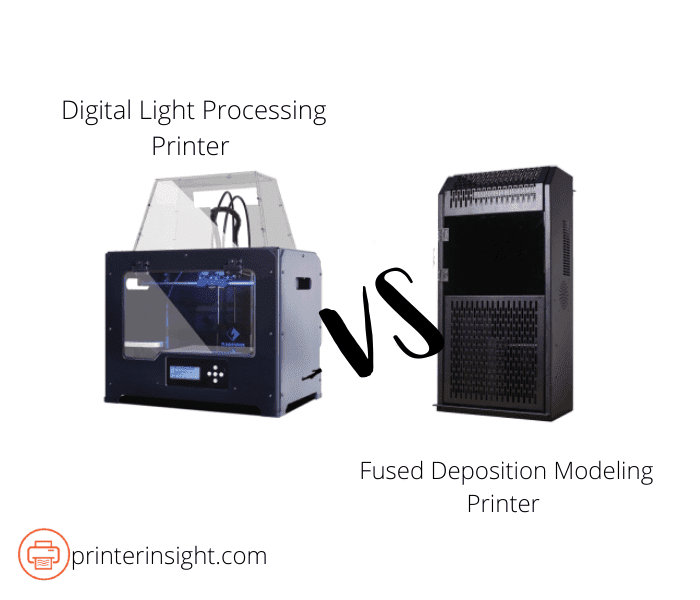
What Is A DLP Printer?
DLP or Digital Light Processing printers create your 3D printing models with the help of vet polymerization technology. Liquid resin is poured into the machine, and it is hardened layer by layer according to the model you have made.
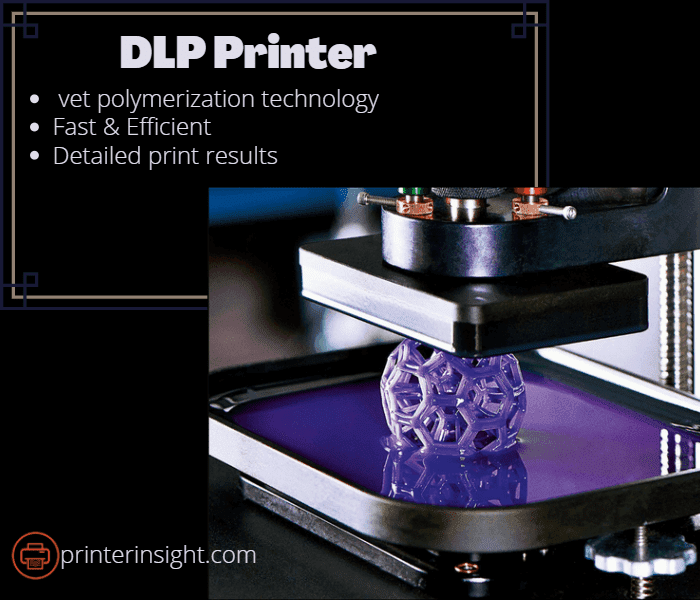
An image is projected in the raisin from a DLP chip, and it gets hard in minutes after exposure to the light. The printer creates the figures vertically and goes upwards in the resin vat, completing each layer one by one.
DLP can process your printouts much faster. As soon as the resin hardens, the platform moves upwards, allowing a new layer to form above it.
What Is A FDM Printer?
People who work in the 3D printing industry or have knowledge about it have heard about the FDM printer. FDM, which stands for Fused Deposition Modeling or Fused Filament Fabrication, has its filament on a roll.
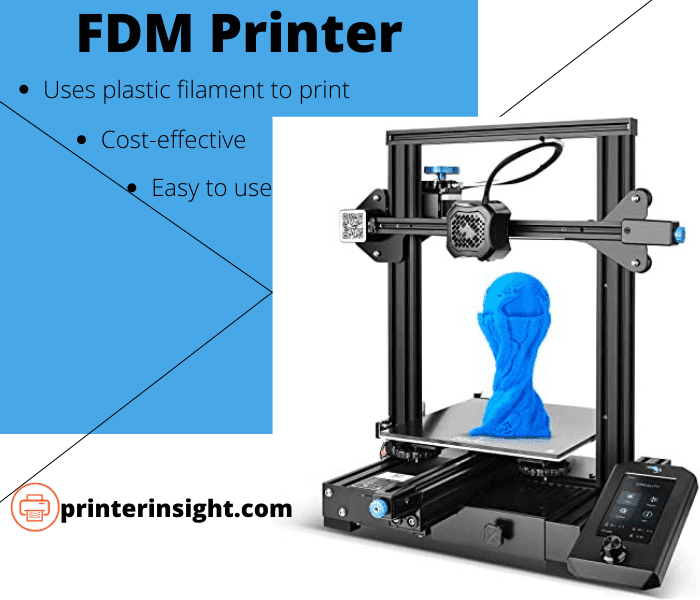
They make your 3D models by heating up the filament and creating the figure bit-by-bit. FDM is nowadays seen in most places to carry out different 3D printing works. They come in different price ranges and can perform several types of modeling assignments.
You can check out this blog to get in-depth knowledge on How To Program a 3D Printer.
DLP Vs. FDM 3D Printer: How To Use?
DLP Printers
Now that you know the basics and functions of DLP and FDM 3D printers. Let’s see how to use them and what they use to create your desired 3D models.
What Do DLP Printers Use To Print?
DLP printers use photosensitive resin. These resins are bought in a liquid form, and when they come in contact with a UV light, they harden and hold their shape.
The liquids can even be kept at room temperature, and they will take some time to solidify. This is why it is better to keep the lids of the bottle closed properly prior to usage.
How Are The Models Formed In DLP Printers?
The resin in the DLP printers works differently than the filament in FDM printers. A vent inside the DLP printer holds all the resin that is needed for the print.
They use an LCD screen to show the correct pattern and shape of an individual print. Thin plastic is there between the LCD and the resin.
A UV light trance from behind gives the power needed to harden the pattern in its form. This way, a DLP printer can print a full figure in a single attempt, and no time is wasted to do the 3D printing in different layers.
The figure is then lifted up to break the separation from the film and allows it to come back down to get the next layer printed.
DLP printers have only one moving part. It is called the stepper motor. The stepper motor is required to lift the platform up and down on the Z-axis. It makes no difference to the operation of a DLP printer, no matter how many objects are on the build plate.
However, height matters. This is because there is no time difference between the screen flashing up one object or twenty at the moment on the same build plate. The final product from the DLP printer comes out with excess resin; hence there is some task involved in the post-processing.
The excess resin can be cleaned using isopropyl alcohol. The process is straightforward. When the models are dipped in high-percentage isopropyl alcohol, they get cleaned off the residues and then washed under clean running water.
After the cleaning is done, you have to post-cure it under UV light or leave it in the open for some time to harden it to get the final outcome.
Pros Of DLP Printers
- Detailed print results with little or no layer lines.
- Can create complex 3D printing in less time.
- Uses thermoset plastic
Cons Of DLP Printers
- The resin used in DLP printers is highly toxic.
- Much costly.
FDM Printers
What Do FDM Printers Use To Print?
FDM printers use a plastic filament to print. There are two main types of filaments, and they are ABS and MPLA. ABS are the ones that are used to make Legos. They are hard plastics and can be used in making accessories, molding, and other types of complicated and complex figures.
MPLA is biodegradable. These can be heated up and pour them into whatever shape you want to create. When the MPLA cools down in its molds, it retains its shape giving you the perfect 3D printing results.
How Are The Models Formed In FDA Printers?
FDA printers use an extruder to physically grip the filament and run it down towards the hot end to melt it and squirt it down the nozzle at a controlled speed and dosage.
This process is similar to a hot glue gun; however, the same process is used by the FDA printers. The slicing software of an FDA printer calculates the speed and amount of filament needed to create your desired model.
The software also determines how much the filament will spread and distort as it cools. When the FDA printer finishes printing one layer, it lifts the layer itself and continues to print on top of each layer.
An FDM printer has at least four moving parts. Three of them control all the axes ( x,y, up & down), and one of them controls the extruder.
After you get your finished product, the post-processing of your model from an FDA printer can be lengthy because of its higher level of visible print layers. It will be like working on timber. You will see visible layer lines which you can sand down and paint to get the perfect result.
Pros Of FDM Printers
- The most affordable 3D modeling option that is available.
- You can print with various materials, e.g., ABS and nylon.
- Easy to use, simple to remove.
- Low maintenance.
Cons Of FDM Printers
- More visible layers and imperfect 3D models.
- It takes a very long time to produce mass printing jobs.
| Comparison Factor | DLP Printers | FDM Printers |
| Speed | The speed of DLP printers can range from 20 to 720 mm/sec. | You will get a maximum speed of 500 mm/sec and normal speed measures 50 to 150 mm/sec. |
| Best Use For | Creating photopolymer parts, everyday items, molds for jewelry, etc. | Any plastic toy, models, molds, etc. |
| Printing Process | DLP printers use photosensitive resin and UV light for printing. | FDM printers use a type of hard plastic known as filament. |
| Noise | A standard DLP printer makes slight noise while working, generally up to 55dB. | FDM printers make more noise than DLP printers that can reach up to 50 decibels. |
| Quality | Produces high-quality, professional 3D printing. | High-quality 3D printing for home, school, or business. |
| Price | DLP 3D printer price. | FDM 3D printer price. |
| Suitable For | Creating intricate designs and accurate and precise 3D models. | Great for school projects, making tools, and other detailed items. |
| Power Usage | About 5 kilowatt for a 1 hour print. | About 5 kilowatt for a 1 hour print. |
| After Printing Process | Requires less time and effort. | Can be a longer process to file and polish the final product. |
Here is a comparison of two most popular 3D printers Prusa 3D Printer Vs Ender 3 | Everything You Need To Know
What To Choose: DLP Vs FDM 3D Printer?
With all this information, you must be wondering what would be the best option for you between DLP vs. FDM 3D printer. FDM printers are commonly seen in schools and homes for creating 3D models for hobbies and assignments.
You can download simple figures from websites like Thigiverse to create any 3D modeling in your FDM printer. Most modern plastics (filaments) are durable and have the strength to be used in your daily life.
However, DLP printers provide intricate and advanced 3D printing for a more professional approach. DLP printers, for this reason, are often used to create miniature figures, models of buildings, sculptures, etc. You can even use castable resin which is suitable for investment casting.
You have to make your choice according to your needs. Decide why you want a 3D printer and choose wisely. DLP printers can perform tasks that an FDM printer can not, and an FDM printer can give you the services which a DLP will not.
Here are 5 top picks in 2022 Top 5 Best Printer For Cricut Print And Cut
Conclusion
Nowadays, you can find numerous options of 3D printers, each with different functions and in different price ranges. I hope our blog on DLP vs FDM 3D printer has helped you understand what to choose and why.
If price is not a factor and you want advanced 3D printing, opt for a DLP printer. If you want to try out the fascinating world of 3D printing, choose an FDM printer to kick start your journey.
